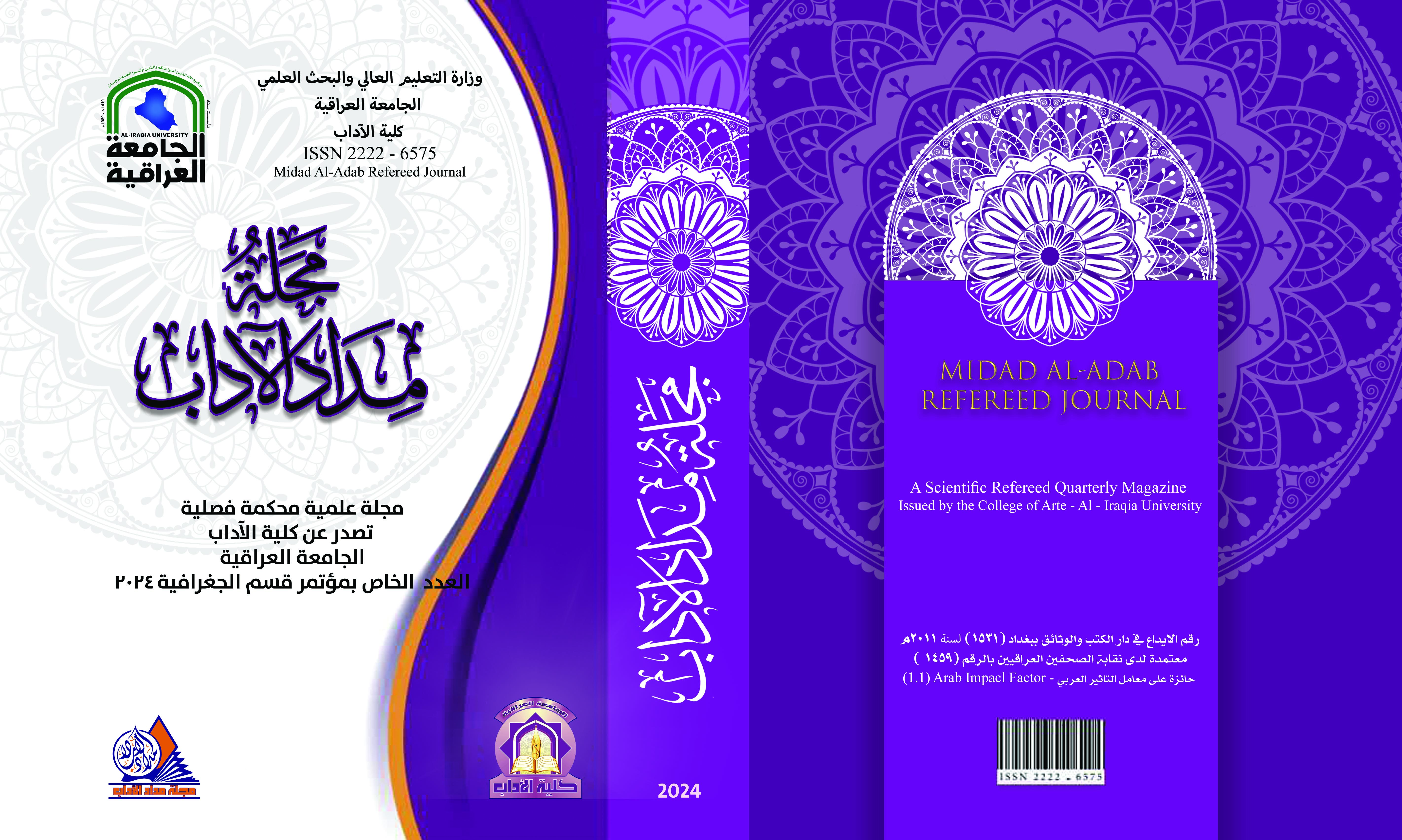مشكلات شح الموارد المائية في العراق والحلول الممكنة
DOI:
https://doi.org/10.58564/ma.v14iالعدد%20الخاص%20بمؤتمر%20قسم%20الجغرافية.1499الكلمات المفتاحية:
الكلمات المفتاحية: نهر دجلة، نهر الفرات، العراق.الملخص
Iraq relies in its water resources on the waters of the Tigris and Euphrates and their tributaries. The country is located at the lower part of the catchment area of these rivers. The long term average annual flow that enters Iraq from these rivers is about 30 BCM from the Euphrates, 22.2 BCM from the Tigris, 24.78BCM from tributaries and 7BCM from side valleys between Iraq and Iran. Now, the flow of these rivers is decreasing due to climate change and hydrological projects established in the upper parts of the catchment. It is indicated that precipitation will decrease 15-25% during this century and this means that the flow of the Tigris and Euphrates Rivers will be reduced by 29-73%. This will cause a grave depletion of ground water resources. Turkey is trying to finish building 22 dams and 19 hydropower stations. Iran built 12 dams and diverted the flow of some tributaries inside Iran and blocked all the valleys that contributes water from its land to Iraq. For these reasons, Iraq is experiencing shortages in its water resources and there is some sort of friction and conflict between riparian countries within the Tigris and Euphrates basins because each country tries to secure its water resources. In this research, the factors affecting the hydro politics within these basins are Water scarcity, Climate change and Hydrological projects, population growth rate, Energy issues, Water mismanagement, Economic changes, Expansions of projects and technology, Political issues, international water laws and public awareness. In case the situation remains as it is, Iraq will experience many problems in health, environment, economy, and security. To solve the problem of water scarcity in Iraq two parallel lines of action are to be considered. These are: A. Reach agreements with Riparian Parties B. Develop Long-term Strategy that should take care of: - Rehabilitating of dams, barrages & pump stations, - Improving the efficiency of diversion and supply, - Using of Nonconventional Water Resources, - Irrigation modernization using suitable techniques, - Developing a Public awareness program - Developing human resources program and establishing an agenda for training - Developing an agricultural plan that takes into consideration the possibility of reducing crops that consume a lot of water.
التنزيلات
منشور
إصدار
القسم
الرخصة

هذا العمل مرخص بموجب Creative Commons Attribution-NonCommercial-NoDerivatives 4.0 International License.








